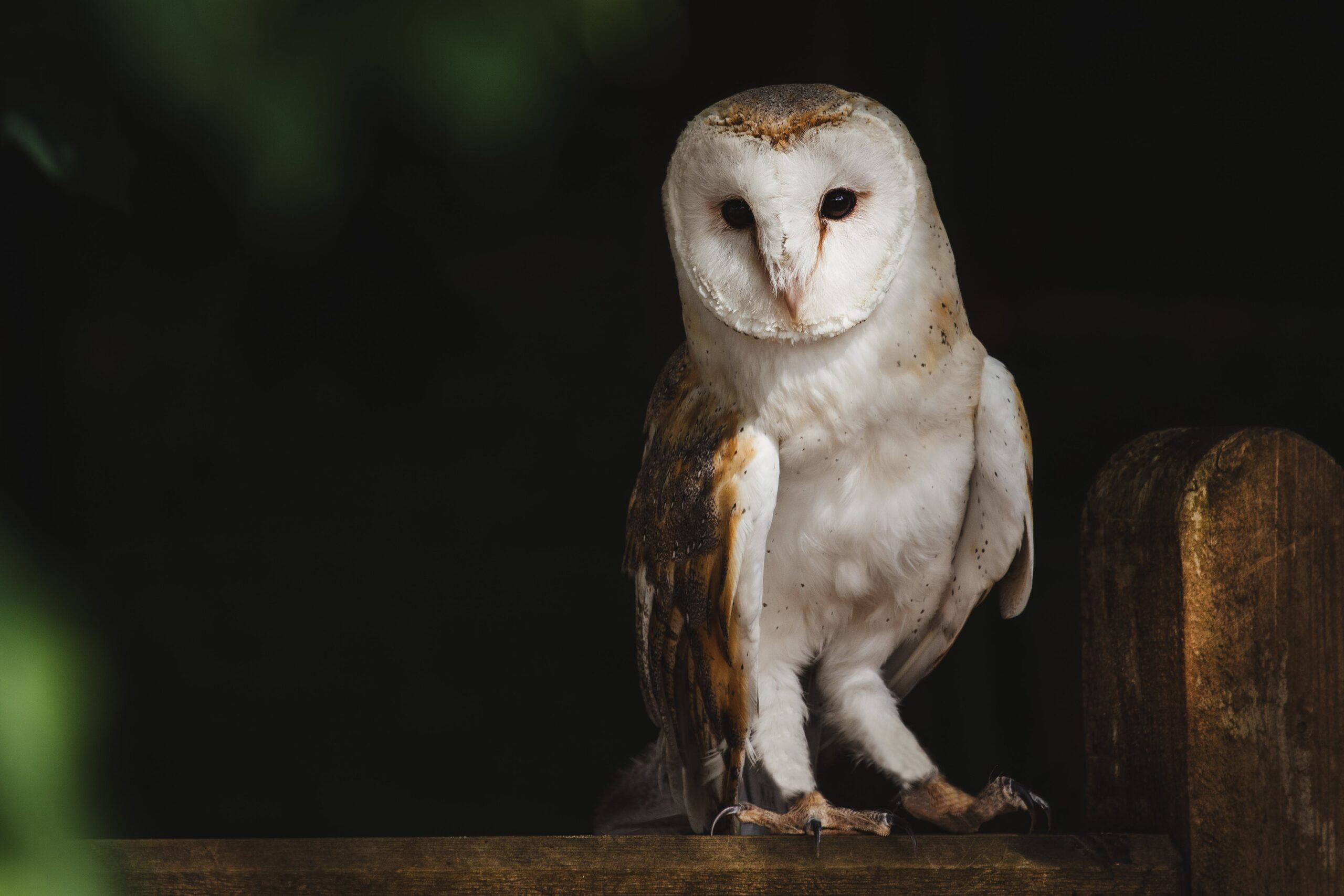Table of Contents
Have you ever wondered about the secrets hidden within the realm of nocturnal animals? Join us on a journey through the mysterious behaviors of these creatures that thrive under the cover of darkness. From their enhanced senses and camouflage tactics to their specialized eyesight, we’ll explore the fascinating world of nocturnal animals and unveil how they navigate through the night.

Understanding Nocturnal Animals
Nocturnal animals are fascinating creatures that have adapted to be most active during the night. While humans are diurnal, meaning we are primarily active during the day, many animals have evolved to take advantage of the cooler, quieter nighttime hours for hunting, foraging, and other essential activities.
Characteristics of Nocturnal Animals
Enhanced Senses: Nocturnal creatures often possess heightened senses of hearing, smell, and sight to navigate and hunt in low-light conditions. For example, the owl’s keen sense of hearing allows it to detect prey rustling in the darkness, while a bat’s echolocation skills enable it to pinpoint insects mid-flight.
Camouflaged Coat: Many nocturnal animals have evolved camouflage patterns on their fur or feathers, aiding in stealthy movement and avoiding predators. The spotted coat of a leopard helps it blend seamlessly into the dappled moonlit shadows of the jungle, providing excellent camouflage during nighttime hunts.
Specialized Eyesight: Their eyes have adaptations such as larger pupils or tapetum lucidum—a reflective layer behind the retina—to maximize available light and improve night vision. The tapetum lucidum gives the eyes of animals like cats and dogs a distinctive glowing appearance at night, reflecting light back through the retina for enhanced visibility.

Examples of Nocturnal Animals
Owls
Owls are iconic nocturnal birds renowned for their silent flight and exceptional hunting skills. With keen eyesight and acute hearing, they swoop through the night sky, preying on small mammals and insects. For example, the barn owl’s heart-shaped face helps to funnel sound toward its ears, allowing it to pinpoint the location of its prey with remarkable accuracy.
Bats
Bats are the only mammals capable of sustained flight and are prolific nocturnal hunters. Using echolocation, they emit high-frequency sound waves to navigate and locate prey in complete darkness. Fruit bats, for instance, rely on their keen sense of smell and echolocation to locate ripe fruits in the dark canopy of the rainforest, while insect-eating bats perform impressive aerial acrobatics as they hunt insects on the wing.
Hedgehogs
These adorable creatures are primarily nocturnal, foraging for insects, snails, and other small invertebrates under the cover of darkness. Their spiky exterior provides protection against predators while they roam in search of food. Hedgehogs are known for their distinctive habit of rolling into a tight ball when threatened, with their sharp spines acting as a formidable defense mechanism against nocturnal predators like foxes and owls.

How Nocturnal Animals See in the Dark
One might wonder how these creatures navigate through the night with such precision. Nocturnal animals have adapted various strategies to see in low-light conditions:
Large Eyes: Many nocturnal animals have disproportionately large eyes to gather as much available light as possible. For instance, the eyes of tarsiers, tiny nocturnal primates found in Southeast Asia, are each the size of their brains, allowing them to see clearly in the dark forest understory.
Tapetum Lucidum: This reflective layer behind the retina enhances night vision by reflecting light that has passed through the retina back into the eye, giving the animal a second chance to detect it. Tapetum lucidum is responsible for the eerie glow of a cat’s eyes in the darkness and the reflective eyeshine of nocturnal deer caught in the beam of a flashlight.
Rod Cells: Nocturnal animals typically have a higher density of rod cells in their retinas, which are sensitive to low light levels, allowing them to perceive motion and shapes in the darkness. Rod-rich retinas are particularly advantageous for nocturnal predators like wolves and coyotes, enabling them to track prey under the cover of night.

Keep Learning!
As we conclude our exploration of the mesmerizing world of nocturnal animals, we’ve uncovered the intricate adaptations and behaviors that allow these creatures to thrive under the cloak of night. From the silent flights of owls to the echoic prowess of bats, each species presents a fascinating glimpse into the wonders of the animal kingdom. If you’re hungry for more adventures, our website offers a treasure trove of articles and categories to continue your exploration. Whether you’re intrigued by the mysteries of cats, the diversity of birds, or the complexities of mammals, there’s always more to discover. So, stay curious and keep exploring the intriguing world of animals with Your Animal Guide! Happy exploring!
Stay curious and keep exploring the intriguing world of animals with Your Animal Guide! Happy exploring!
F. A. Q. about Nocturnal Animals
What are nocturnal animals?
Nocturnal animals are those that are primarily active during the night, exhibiting behaviors such as hunting, foraging, and socializing during nocturnal hours.
How do nocturnal animals see in the dark?
Nocturnal animals have adapted special features such as large eyes, tapetum lucidum, and heightened rod cell density in their retinas to maximize available light and improve night vision.
Are cats nocturnal animals?
While cats are crepuscular, meaning they are most active during dawn and dusk, some domestic cats may exhibit nocturnal behaviors, especially if they are outdoor cats.
Are rabbits nocturnal animals?
Rabbits are not strictly nocturnal; they are crepuscular, like cats, being most active during the twilight hours of dawn and dusk.
Are squirrels nocturnal animals?
Squirrels are diurnal animals, meaning they are primarily active during the day. They spend their nights resting and sleeping in their nests after a busy day of foraging and exploring.


